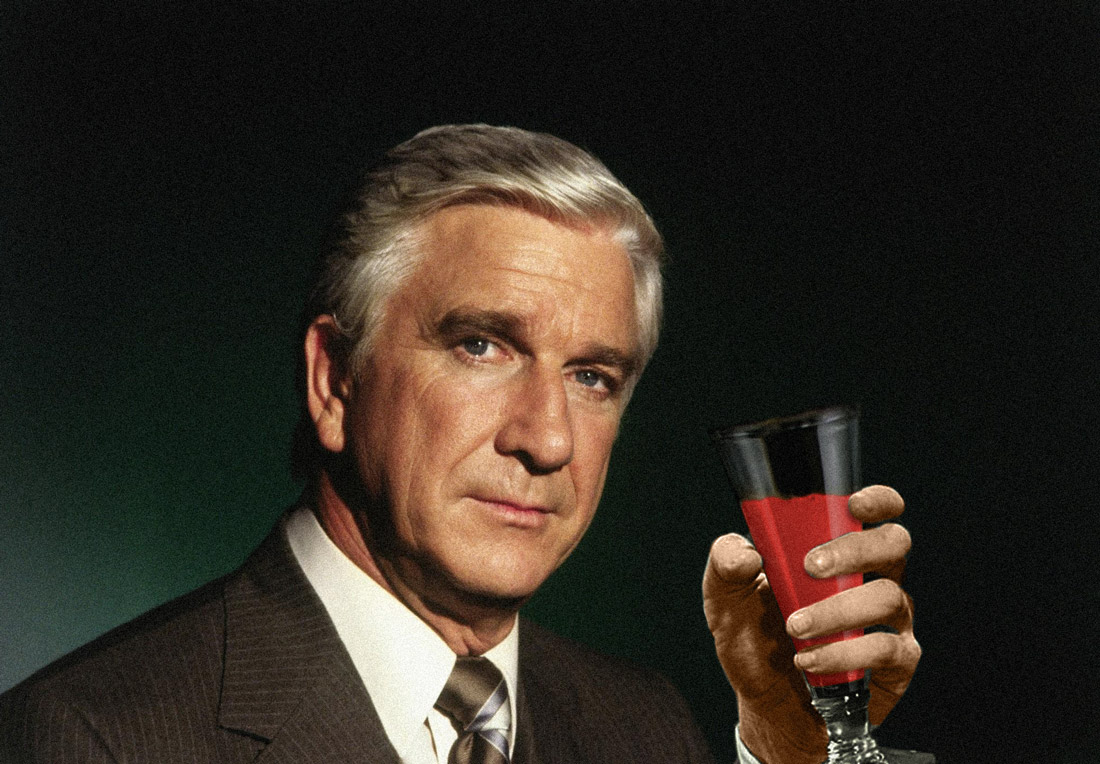© 2017 All Rights Reserved. Do not distribute or repurpose this work without written permission from the copyright holder(s).
Printed from https://www.damninteresting.com/curio/tastes-on-a-plane/

Consumption of tomato juice is unusually popular on commercial airline flights. For example, German airline Lufthansa estimates they serve about 53,000 gallons (about 200,000 liters) of the stuff a year, which is not too far off from the 59,000 gallons (223,000 liters) of beer they serve annually on their airplanes. Its popularity has something to do with the history of drink service on airplanes. When commercial flights began, alcohol was complimentary and therefore hugely popular. Because of the expense, airlines eventually began charging for booze, but the mixers remained available free of charge.
However, that’s not the whole story. Studies in chambers that mimic airplane cabins in flight indicate there’s a scientific reason for tomato juice’s airborne popularity. The modern airplane cabin’s combination of low pressure, loud engine noise, and desert-like humidity has an impact on a human’s sense of taste. These factors dull humans’ sensitivity to sweet and salty flavors by about 30%, but do not impact the umami flavors that are important to the taste of tomato juice. As a result, people consistently rate tomato juice as tasting better in conditions observed in an airplane than in conditions normally seen on the ground. These studies also found that sour, bitter, and spicy flavors are mostly unaffected.
The same effects that enhance the flavor of tomato juice seem to be partially to blame for airline food’s infamous lack of appeal. In an effort to circumvent the phenomenon, some airlines conduct taste tests in simulated airplane cabins.
© 2017 All Rights Reserved. Do not distribute or repurpose this work without written permission from the copyright holder(s).
Printed from https://www.damninteresting.com/curio/tastes-on-a-plane/
Since you enjoyed our work enough to print it out, and read it clear to the end, would you consider donating a few dollars at https://www.damninteresting.com/donate ?
I admit that I prefer tomato juice on planes, but it’s because I have Type Two diabetes and have to avoid soft drinks and alcohol. I will sometimes drink orange juice.
And I will be on a plane to Colorado tomorrow.
And I have now returned.
Will someone else please post?
Hey Jarvis.
Enjoyed you’re comment thread, it made me chuckle
I’ve noticed the comments on these articles tend to be a little sparse, not sure why.
I’ve never been on a plane (I’m very uncultured), however when I eventually do get around to flying I shall make sure I sample tomato juice before and during the flight.
Charlie:
Thanks for the comments!
By the way, I have been on a few planes, and I am as uncultured as they come.